The Index Trading Course and Workbook
$32.09
| Author(s) | , |
|---|---|
| Pages |
661 |
| Format |
|
| Publication Year |
2006 |
In The Index Trading Course Workbook, Fontanills and Gentile offer a wealth of practical exercises that will help further your understanding of index trading, as well as test and apply what you’ve learned before you take one step into the real markets-where time and money are luxuries you can’t afford to lose. The media assignments found in each chapter are especially useful. They’ll help you put the material you’ve read into action by prompting you to access some of the extensive media tools currently available to all traders-including financial papers, magazines, the Internet, and television.
Introduction:
The Index Trading Course Workbook is designed to supplement its companion manual by offering concise summaries and practical exercises to help put your new knowledge into action. The “Media Assignments” are particularly useful in this regard. Be sure to run through each chapter in this workbook as you complete The Index Trading Course in order to reinforce the material.
There are two major reasons why you should increase your index knowledge. First, these market barometers are an important means for understanding big-picture trends along with more subtle market action. And second, it’s simply about trading. Index-based products provide traders with an opportunity to capitalize on broad market and sector moves, leaving behind individual company risk.
While there are no guarantees that a whole group of related companies won’t be investigated by the SEC for bad accounting practices, we feel the chance of that is substantially lower than for a single company. Sector investing is where fundamental, technical, and sentiment analysis can really excel.
The Index Trading Course begins with a little index history à la Charles Dow, and then transitions to widely followed indexes in today’s markets. Along the way, we investigate index construction, market trends, and general industry group coverage. The workbook reinforces your knowledge of core stock market indexes along with the sector offerings from a variety of financial entities. You also have the opportunity to incorporate foundational technical techniques into your analysis. Regardless of the complexity of indicators you use down the road, you can never move too far away from the basics.
Contents:
- A Look Back
- The Index Market Today
- Trading the Market
- Understanding Options
- Basic Strategies Using Call Options
- Basic Strategies Using Put Options
- Complex and Advanced Strategies
- Catalysts
- System Trading
- Getting an Edge with Indicators
- Sector Trading
- Tracking and Trading Volatility
- Making Adjustments
- Risk Management
- Important Index Facts and Strategies
The Index Trading Course and Workbook By George A. Fontanills, Tom Gentile pdf
5 reviews for The Index Trading Course and Workbook
Clear filtersOnly logged in customers who have purchased this product may leave a review.

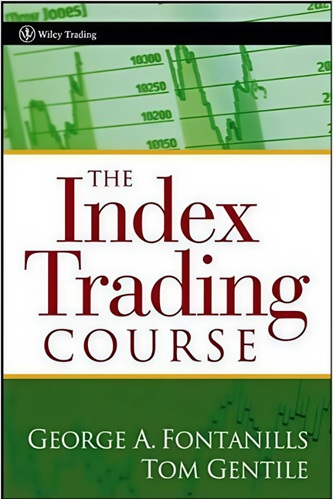
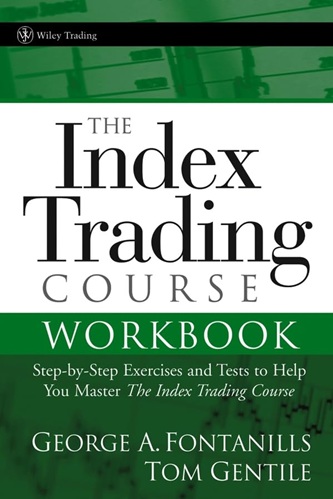
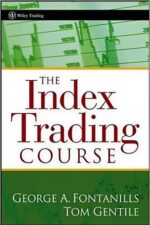
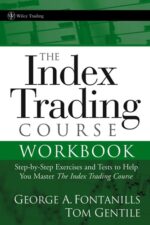
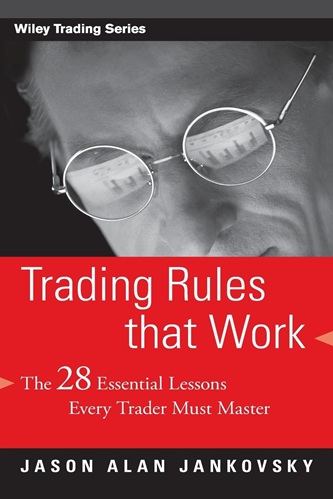
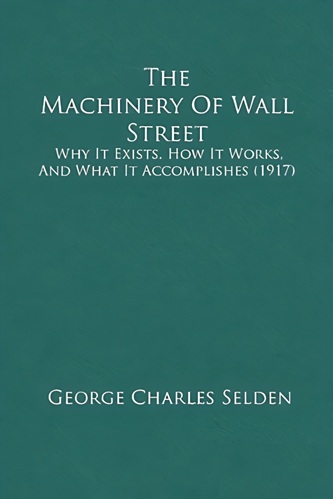
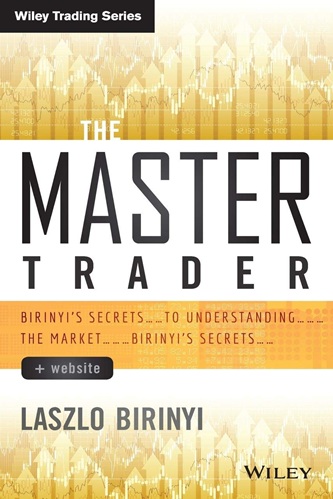

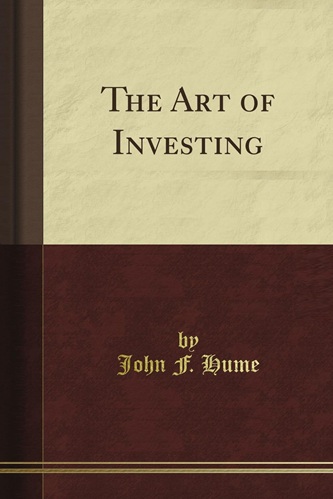
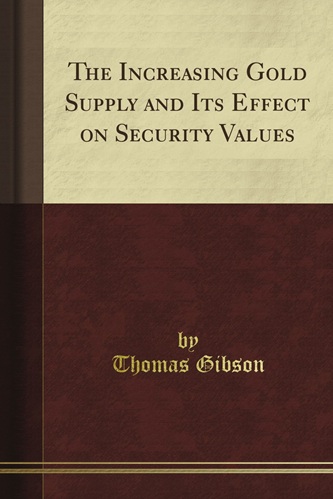
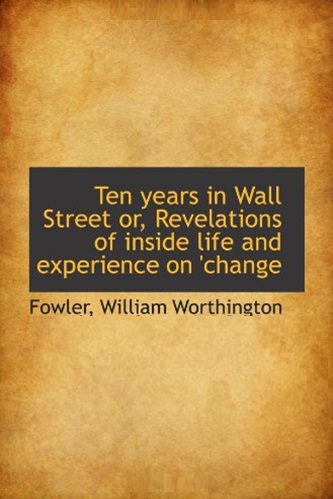
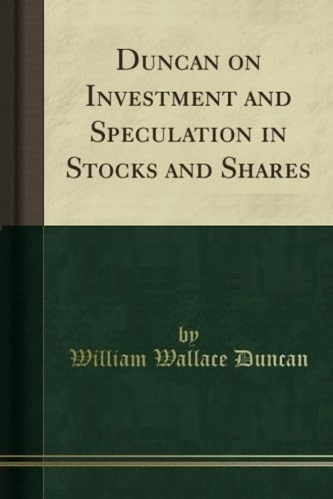
Rohan Franco (verified owner) –
I found The Index Trading Course and The Index Trading Course Workbook to be filled with useful and practical information on options, ETFs, the market, and trading in general. They explain the unique characteristics of these instruments in understandable terms and should provide a good foundation to those interested in trading index options and options on ETFs. The quizzes and media assignments in the Workbook are wonderful learning tools that help reinforce the information and concepts presented in the main book.
Samir Noble (verified owner) –
Education has been a major factor in the explosive growth in the options markets. Once again, Fontanills and Gentile have delivered as leaders in options education with The Index Trading Course and The Index Trading Course Workbook. These books provide a disciplined approach to trading index and ETF options through risk management.
Crosby Castaneda (verified owner) –
I traded in the OEX pit for almost twenty years and I can’t believe how well George and Tom nailed the core strategies and trading intricacies of index products. Nice job!
Charleigh McLean (verified owner) –
This is an excellent book for anyone who has an interest in learning about indices, index options, fundamental and technical analysis and what affects the market regarding index options.
Dakota Rogers (verified owner) –
1. The book spends more time covering such intricacies as what a bull market it, how to draw a trend line on a stock and what options are rather than was indices are, how they are built, how they are constructed, how they behave and how the exist in an international context, let alone how they contribute to portfolio dynamics and pitfalls to avoid when dealing with them.
2. Author makes an overt effort to promote his firm, Optionetics, throughout the text and encourages day trading of instruments.
If you’re a day trader have fun with this. If you’re on Wall Street and need a serious reference this is not worth the money.